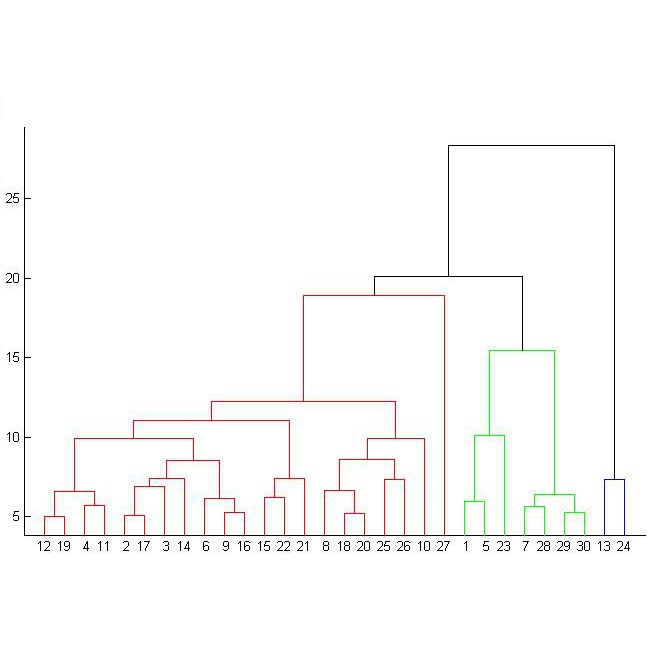Deep learning technology has enabled successful modeling of complex facial features when high quality images are available. Nonetheless, accurate modeling and recognition of human faces in real world scenarios `on the wild' or under adverse conditions remains an open problem. When unconstrained faces are mapped into deep features, variations such as illumination, pose, occlusion, etc., can create inconsistencies in the resultant feature space. Hence, deriving conclusions based on direct associations could lead to degraded performance. This rises the requirement for a basic feature space analysis prior to face recognition. This paper devises a joint clustering and classification scheme which learns deep face associations in an easy-to-hard way. Our method is based on hierarchical clustering where the early iterations tend to preserve high reliability. The rationale of our method is that a reliable clustering result can provide insights on the distribution of the feature space, that can guide the classification that follows. Experimental evaluations on three tasks, face verification, face identification and rank-order search, demonstrates better or competitive performance compared to the state-of-the-art, on all three experiments.
翻译:然而,在现实世界情景中,“在野外”或不利条件下,准确的人类面孔建模和识别仍是一个尚未解决的问题。当未受限制的面孔被映射到深层特征时,各种变异,如照明、姿势、隔离等,可能会造成结果特征空间的不一致。因此,基于直接关联得出的结论可能导致性能下降。这就增加了在面部识别前进行基本特征空间分析的要求。本文设计了一个联合组合和分类方案,以简单易懂的方式学习深层面部协会。我们的方法是以等级组合为基础,早期迭代往往保持高度可靠性。我们的方法的理由是,可靠的组合结果可以提供特征空间分布的洞见,从而指导随后的分类。对三项任务进行实验性评估、面部核查、面识别和按级排列的搜索,在所有三项实验中都展示出比现状更好的或竞争性的性能。


